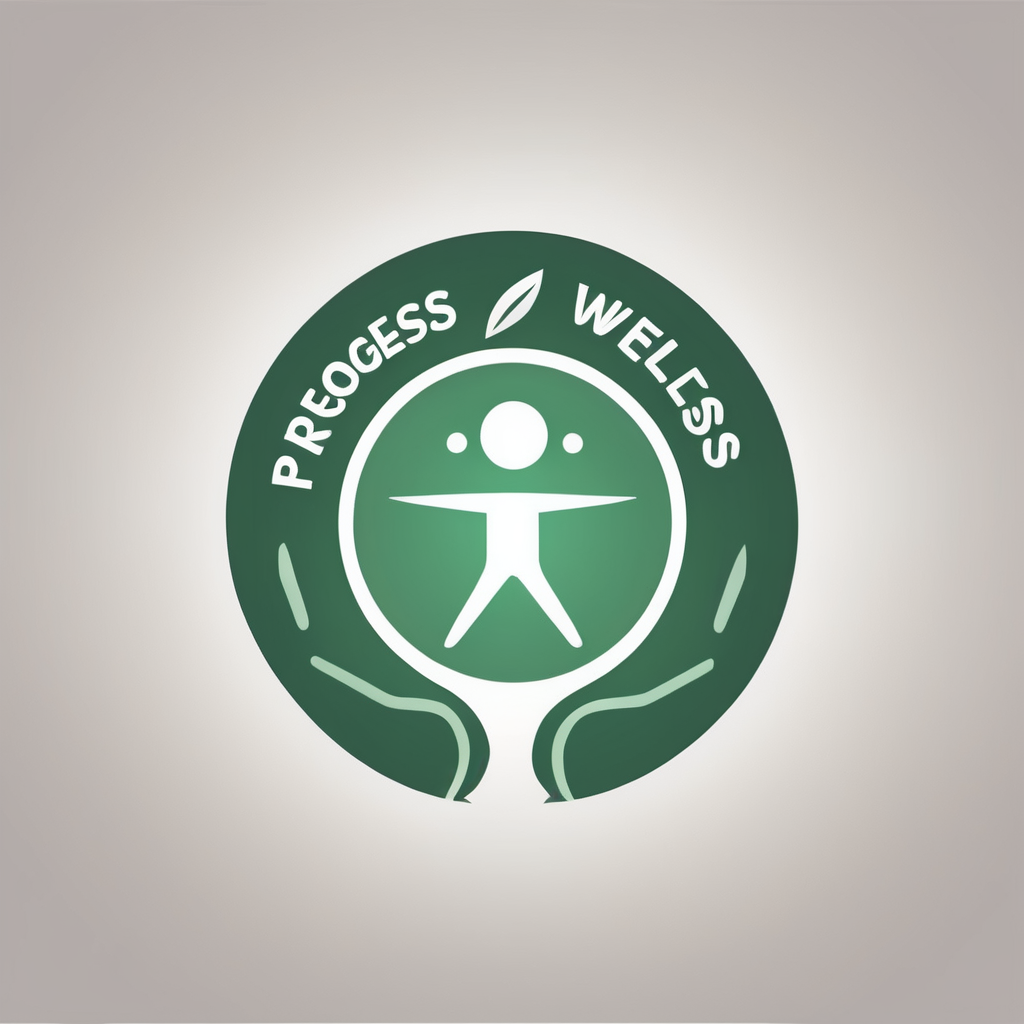As the winter months approach, many individuals may find themselves grappling with an unshakable sense of sadness or a noticeable dip in their overall mood. This phenomenon, known as seasonal affective disorder (SAD), is a type of depression that typically correlates with changes in seasons, particularly the approach of winter. The shorter days and reduced sunlight can trigger a variety of symptoms in those affected, leading to feelings of hopelessness, low energy, and even disruptions in sleep patterns. Understanding how to effectively manage these symptoms is crucial for maintaining good mental health throughout the season. In this article, we will explore various strategies that can aid in alleviating the challenges posed by SAD, providing you with valuable insights into how to support both yourself and those around you.
Recognize the Symptoms of Seasonal Affective Disorder
To effectively tackle the challenges presented by SAD, it is critical to first recognize the common symptoms associated with this condition. Many people experience a combination of emotional and physical signs that can significantly impact their daily lives. Among the mental health indicators, persistent feelings of sadness or irritability are often reported. Additionally, individuals may find themselves losing interest in activities they once enjoyed, which can lead to social withdrawal.
Also to discover : How effective are probiotics in treating gastrointestinal disorders?
Physical manifestations of SAD can include fatigue and increased sleepiness, as well as changes in appetite—some may crave carbohydrates, leading to weight gain. Conversely, others may experience a decrease in appetite. It is not uncommon for those with SAD to face difficulty concentrating or making decisions, further exacerbating feelings of despair.
Understanding these symptoms allows for better identification and encourages people to seek help from qualified health care providers. Awareness of the symptoms of SAD not only helps individuals recognize their experiences but also fosters an environment where they can openly discuss their feelings and seek support. Taking the time to acknowledge these signs can empower individuals to take proactive steps towards better management of their mood and overall well-being during the darker months.
In the same genre : Top Effective Strategies for Relieving Allergies in Children: A Comprehensive Guide
Utilize Light Therapy as a Treatment Option
One of the most effective strategies for managing SAD is through light therapy. This treatment involves exposure to a specialized light box that mimics natural sunlight, which can help alleviate feelings of sadness and improve overall mood. The concept behind light therapy is relatively straightforward: by exposing yourself to bright light for a set period each day, usually in the morning, you can help correct the disrupted circadian rhythms often associated with seasonal affective disorder.
Research has shown that this light exposure can lead to an increase in serotonin levels, a neurotransmitter that plays a key role in regulating mood. As a result, many individuals report feeling more energized and less lethargic after consistent use of light therapy. It is advisable to consult with a health care provider before beginning any new treatment regimen to ensure that it is appropriate for your specific situation.
In addition to using a light box, taking advantage of natural sunlight whenever possible can also be beneficial. This can include spending time outdoors during daylight hours, even on cloudy days, or arranging your living space to maximize exposure to natural light. Incorporating light therapy into your daily routine can serve as a powerful tool to help combat the depression that often accompanies the winter months, thus enhancing your overall mental health.
Engage in Regular Physical Activity
Physical activity is a fundamental component of maintaining both physical and mental well-being, particularly during the winter months when mood can take a downturn. Regular exercise has been proven to be an effective way to boost mental health by releasing endorphins—those natural mood lifters. Whether it’s a brisk walk, yoga, or more vigorous workouts, engaging in consistent physical activity can help mitigate the symptoms of SAD.
The benefits of exercise extend beyond just mood enhancement. It can also improve sleep quality, reduce feelings of fatigue, and increase energy levels. All of these factors are particularly important for those experiencing SAD. The key is to find an activity that you enjoy and can commit to regularly. This could also be an opportunity to engage in social exercise, such as joining a class or a running group, where you can connect with others and build a support network.
Moreover, even modest amounts of exercise can be impactful. A study found that just 30 minutes of moderate exercise most days of the week can significantly improve one’s overall sense of well-being. Therefore, incorporating regular physical activity into your routine can serve as a practical strategy to combat the effects of SAD and foster a more positive mood.
Consider Professional Therapy and Support
When dealing with the complexities of seasonal affective disorder, seeking professional help can be an essential part of your treatment plan. Various forms of therapy, including cognitive-behavioral therapy (CBT), have proven effective for those struggling with SAD. This therapeutic approach focuses on identifying negative thought patterns and replacing them with healthier, more constructive ways of thinking.
A qualified provider can work with you to set realistic goals and develop coping strategies tailored to your specific symptoms. This personalized approach can be beneficial in addressing the underlying issues associated with SAD, making it easier to manage your emotions during the winter months.
In addition to therapy, support groups can provide a valuable space for individuals to connect with others who share similar experiences. Engaging with a community can alleviate feelings of isolation, foster connections, and provide opportunities for sharing coping strategies. Whether in person or online, these support systems can create a sense of belonging and understanding, which is vital for navigating the challenges posed by SAD.
Overall, professional therapy and support can provide you with the tools and insights necessary to manage your depression and improve your overall quality of life during the winter months.
Seasonal affective disorder can be a challenging condition to navigate, especially during the winter months when days are shorter and sunlight is scarce. However, by recognizing the symptoms and implementing effective strategies such as light therapy, engaging in regular physical activity, and seeking professional support, individuals can manage their mood and improve their overall mental health. Remember, you are not alone in this journey, and seeking help is a sign of strength. By taking proactive steps and utilizing available resources, it is possible to emerge from the winter months feeling more positive and resilient.

